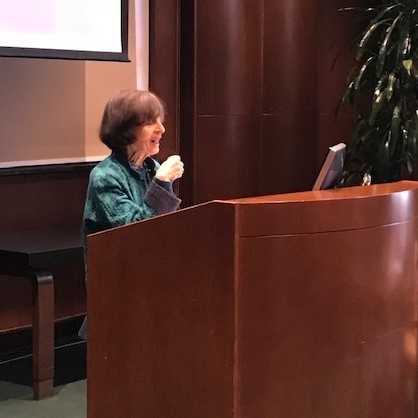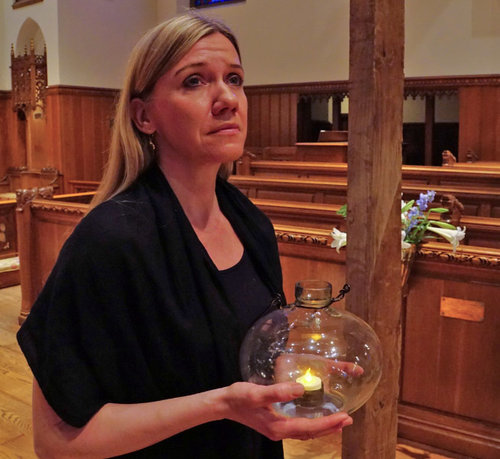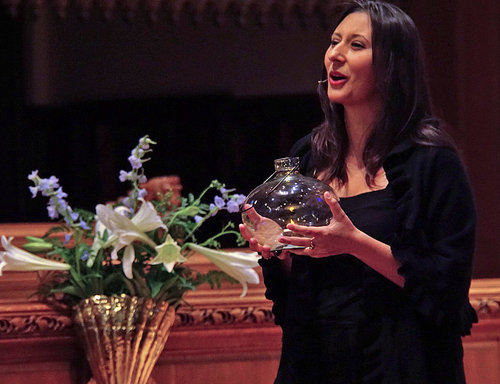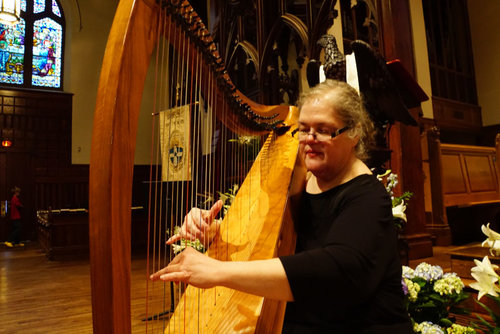The Annual Convention for the Society of Biblical Literature and the American Academy of Religion is almost here. We have great sessions lined up for the MEGA Group. I am particularly excited about the Cognitive Difference session, to be able to showcase and discuss how cognitive studies are making a difference to historians working in the area of early Christianity. We have another great session on shamanism, hermetism, and then a wonderful open session of papers. So much going on!
S21-115Cognitive Linguistics in Biblical Interpretation; Mysticism, Esotericism, and Gnosticism in Antiquity
Joint Session With: Mysticism, Esotericism, and Gnosticism in Antiquity, Cognitive Linguistics in Biblical Interpretation
11/21/2015
9:00 AM to 11:45 AM
Room: 207 (Level 2) - Hilton
Theme: The Cognitive Difference
Athanasios Despotis, Rheinische Friedrich-Wilhelms-Universität Bonn, Presiding
April D. DeConick, Rice University
Up, Down, In, Out and Back Again: Sensory Motor Schema and the Ascent of the Soul (25 min)
Roger Beck, University of Toronto
The Mithraeum as a Mechanism for Getting Down from Heaven and Back Up Again (25 min)
Colleen Shantz, Toronto School of Theology
"I Do Not Understand My Actions": Some Cognitive Bases for Natural Dualisms (25 min)
Vernon K. Robbins, Emory University
The Visible and Invisible in Early Christian Literature: Imagistic Story-Lines that Run Cognitive Progressions (25 min)
Robert von Thaden, Jr., Mercyhurst College
Families, Children, and Askesis: Framing Christ-Believing Bodies (25 min)
Grant Adamson, Rice University
Christology and Cognitive Science (25 min)
Discussion (15 min)
S21-336Mysticism, Esotericism, and Gnosticism in Antiquity; Religious Experience in Antiquity
Joint Session With: Mysticism, Esotericism, and Gnosticism in Antiquity, Religious Experience in Antiquity
11/21/2015
4:00 PM to 6:30 PM
Room: 404 (Level 4) - Hilton
Theme: Revisiting Shamanism
This session is dedicated to Daniel Merkur, PhD whose scholarship on mysticism and friendship has inspired and continues to inspire us.
Celia Deutsch, Barnard College, Presiding
April D. DeConick, Rice University, Introduction (5 min)
April D. DeConick, Rice University
Shamanism and Gnostic Ritual (25 min)
James R. Davila, University of St. Andrews
Hekhalot Mysticism and Jewish Shamanism: Where Do We Stand Now? (25 min)
Jeffrey Pettis, Fordham University
Shamans in the Desert: Mark 1:12-13 Jesus and the Spirit World (25 min)
Pieter F. Craffert, University of South Africa
Shamanism as a Cross-Cultural Interpretive Tool: Jesus, Paul, and Early Christianity (25 min)
Michael Winkelman, Arizona State University, Respondent (20 min)
Discussion (25 min)
S22-136Mysticism, Esotericism, and Gnosticism in Antiquity; Nag Hammadi and Gnosticism
Joint Session With: Mysticism, Esotericism, and Gnosticism in Antiquity, Nag Hammadi and Gnosticism
11/22/2015
9:00 AM to 11:30 AM
Room: 204 (Level 2) - Hilton
Theme: Hermeticism
John Turner, University of Nebraska - Lincoln, Presiding
Jared C. Calaway, Illinois College
To See the Invisible One: Moses and Hermes in the Greek and Demotic Magical Papyri (20 min)
Dylan M. Burns, Freie Universität Berlin
Alchemical Metaphor in the Paraphrase of Shem (NHC VII,1) (20 min)
Marla Segol, University at Buffalo, State University of New York
Mystical Medicine: The Esoteric Genealogies of Hebrew Medical Texts (20 min)
Discussion (15 min)
M. David Litwa, University of Virginia
Self-knowledge in Monoimos and the Hermetic Corpus (20 min)
Christian H. Bull, University of Oslo
Poimandres, Kmeph, and the Laughing God: A Hermetic Scheme of Creation (20 min)
Christian Wildberg, Princeton University
The Stars of Hermes (20 min)
Discussion (15 min)
S23-233Mysticism, Esotericism, and Gnosticism in Antiquity
11/23/2015
1:00 PM to 3:30 PM
Room: 406 (Level 4) - Hilton
Theme: General Open Session
Catherine Playoust, Catholic Theological College, Presiding
Kevin Sullivan, Illinois Wesleyan University
Angelic Bodies and the Body of Christ (25 min)
William Babcock, Duke University
'Loud Snap . . . Blackness Dumped on Thetan’: Scientology and the Western Esoteric Tradition as a Comparative Model for Enochic Literature (25 min)
Paul M. Pasquesi, Marquette University
Visual and Verbal Expressions of Transformation: Olmec Were-Jaguars and Angelification in Ascension of Isaiah Compared (25 min)
Eduard Iricinschi, Ruhr-Universität Bochum
“It is shameful even to mention what such people do secretly” (Eph 12:5): The Function of Secrecy in Epiphanius’ Depiction of the Nicolaitans and the Gnostics (25 min)
Rebecca Lesses, Ithaca College
Esterah and Lilith: Mythical Women and Ascent (25 min)
Pieter G.R. de Villiers, University of the Free State
A Mystical Perspective on the Christophany in Revelation 1 (25 min)




























































































